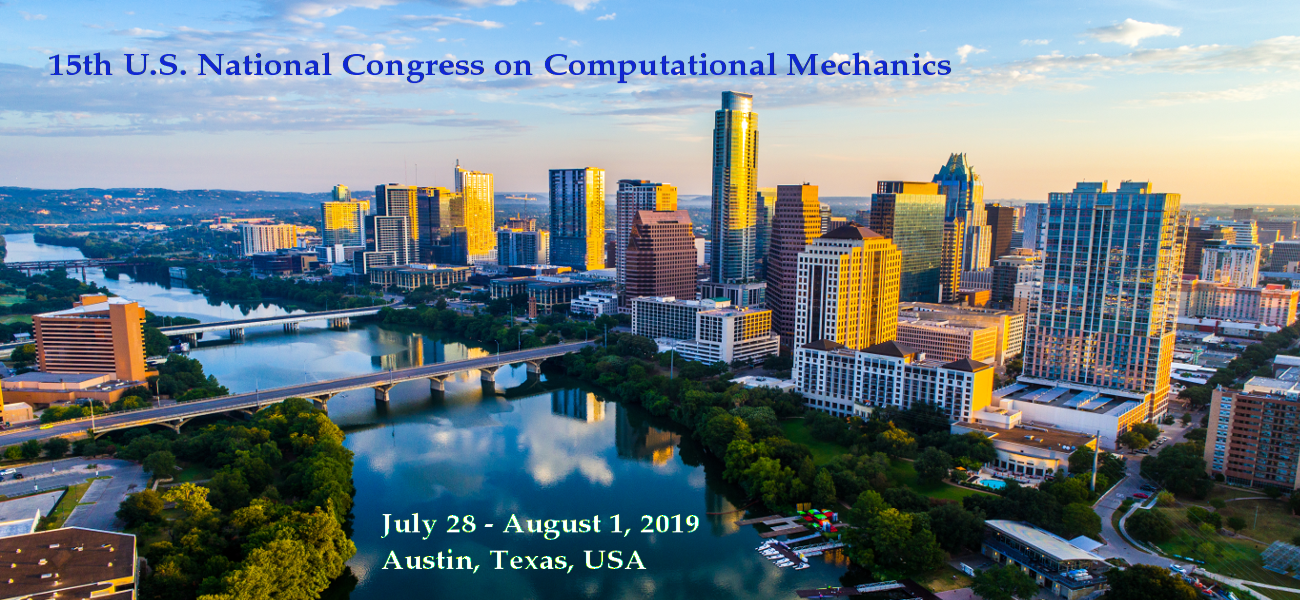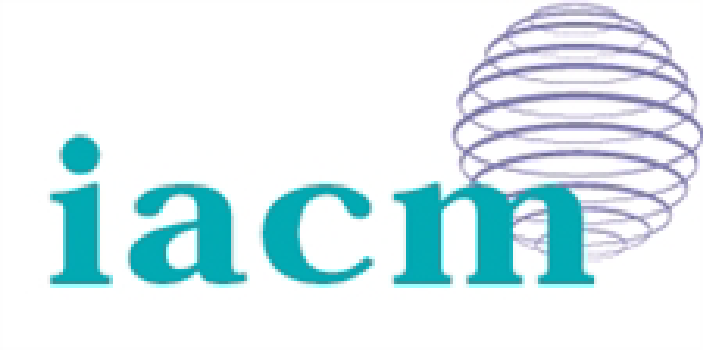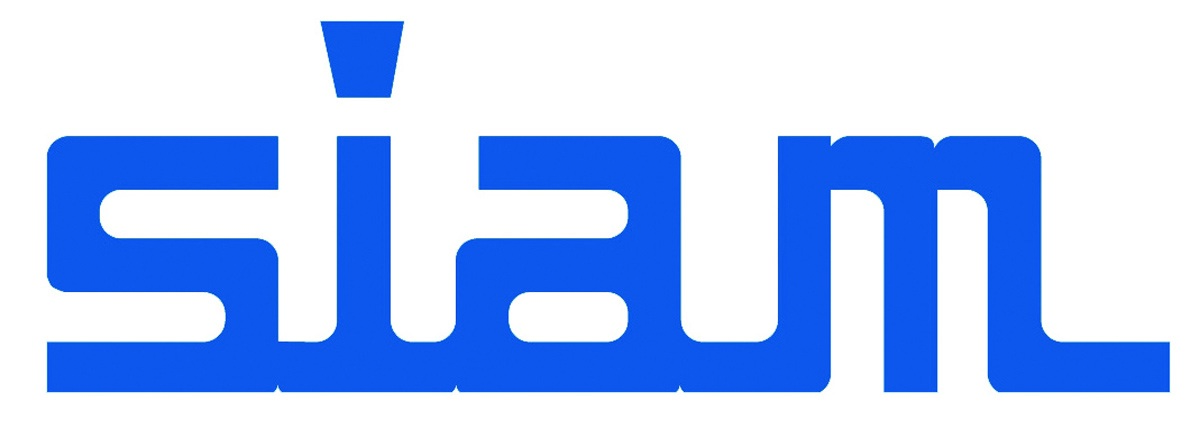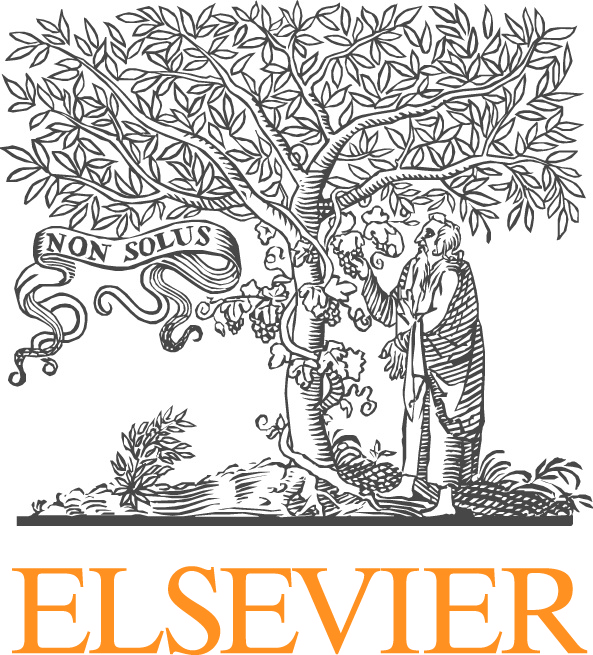Rekha Rao, Sandia National Laboratories
Scott Roberts, Sandia National Laboratories
Jeremy Lechman, Sandia National Laboratories
Many problems in computational mechanics involve one or more boundaries that are interfaces between different materials, including fluid-fluid, solid-solid, or fluid-solid. Problems in this class present many difficulties for numerical solution techniques since they introduce moving boundaries and consequently evolving geometries whose location and topology is unknown a priori. In this Minisymposium, we will provide a forum for researchers to meet and share ideas and experiences in this challenging area of computational mechanics. We seek submissions on all aspects of this problem: theory, formulation, analysis, and applications. Presentations including numerical verification and experimental validation are encouraged. We also encourage papers on manufacturing flows and flows with free surface flows with non-Newtonian fluids.
Methods include, but are not limited to:
• Level set and volume-of-fluid
• Arbitrary-Lagrangian-Eulerian (ALE) methods
• Sharp and diffuse modeling of interfacial zones
• Deformed geometry remeshing
• Fictitious domain methods
• Particle methods
• Embedded boundary conditions
• Cut mesh methods
Application areas include, but are not limited to:
• Manufacturing flows
• Fluid-solid interactions
• Multiphase flow
• Dynamics reaction fronts
• Low capillary flows
• Surface tension formulations
• Interfacial mass transfer
• Melt/solidification front modeling
• Bubble and suspension dynamics
• Mold filling
• Dynamic wetting lines
• Suspension and emulsion rheology
• Polymer extrusion and mixing







